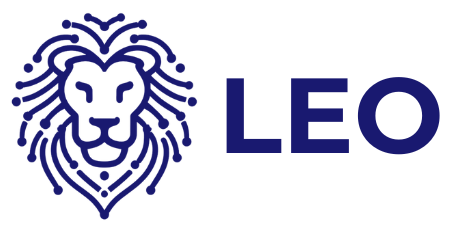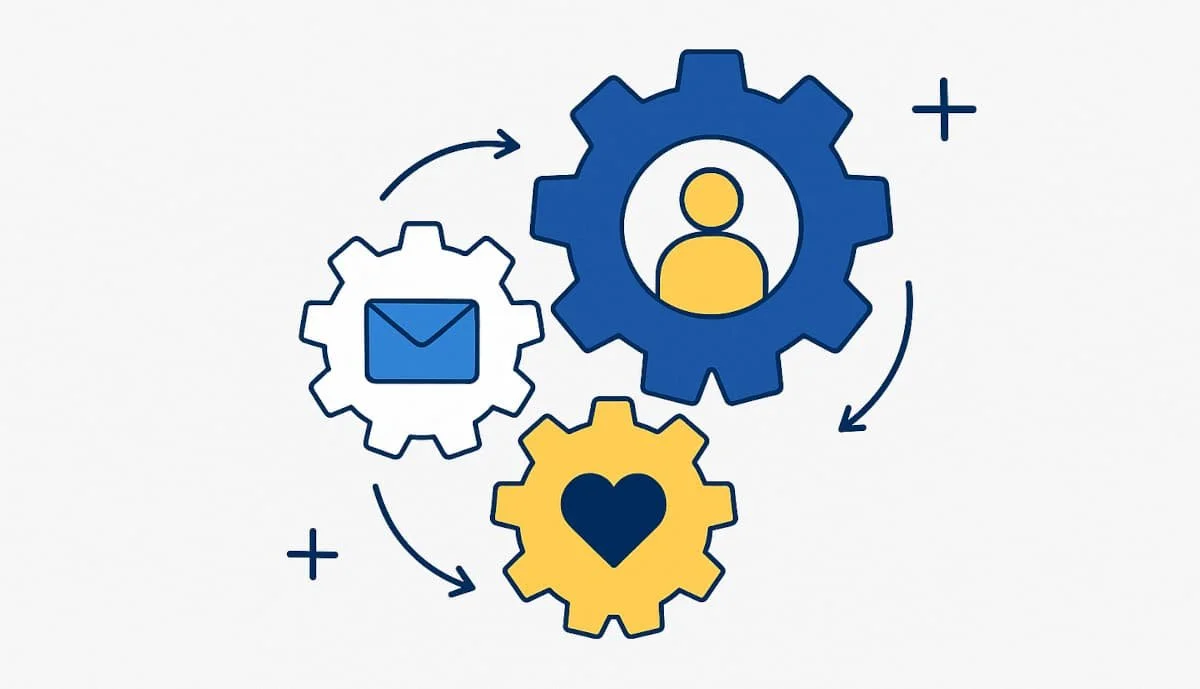5 Game-Changing Lifecycle Automations Every Business Should Launch First
Lifecycle marketing isn’t just a buzzword, it’s the secret sauce behind today’s most successful brands. While many businesses are scrambling to send one-off emails and flash-in-the-pan campaigns, the brands seeing real, sustainable growth are building customer relationships that scale. That starts with the right automations.
If you’re wondering where to begin with lifecycle email marketing, or you’re ready to tighten up your marketing automation strategy, this guide walks you through five foundational flows every business should launch first. Whether you're a SaaS, e-commerce, B2B, or DTC company, these automations are practical, proven, and primed for ROI.
Let’s explore the essential automations that build trust, increase engagement, and turn casual interest into meaningful, revenue-generating relationships.
1. The Welcome & Onboarding Flow: Make a Memorable First Impression
Your welcome or onboarding flow is more than a greeting. It’s your first chance to tell a compelling brand story and set expectations. A great series can dramatically increase engagement and lay the foundation for long-term retention.
For e-commerce and DTC brands, this might mean introducing your brand values, bestsellers, or community. For SaaS or B2B, it should walk new leads or users through what your product or service does, how to get started, and what to expect next. Include educational content, quick wins, or access to resources that help them find value fast.
No matter the model, the goal is the same: deliver a warm, clear, and helpful introduction that builds trust.
2. The Lead Nurture Series: Build Trust Before the Sale
Not everyone is ready to buy the moment they sign up. That’s why a lead-nurturing flow is critical. This automation educates and builds trust with your audience over time.
For B2B or SaaS, this could include case studies, how-to videos, product features, and success stories. For e-commerce, it might be product education, styling tips, or behind-the-scenes content. Segment your list based on interest or behavior to ensure content feels tailored.
The best nurture series feels like guidance, not a sales pitch. Focus on adding value and helping your audience make informed decisions.
3. The Conversion Recovery Flow: Save the Almosts
Everyone has prospects who almost converted but didn’t. This flow helps you re-engage them at the right time, in the right way.
In e-commerce, this may be an abandoned cart email. In SaaS, it could be a trial signup that was never activated. In B2B, it might be a demo scheduled but not attended. The logic is the same: identify the behavior, follow up promptly, and offer support or incentives to complete the action.
The key is personalization. Reference the specific step they didn’t complete and make it frictionless to try again. Sometimes, all it takes is a timely nudge.
4. The Customer Success Flow: Turn New Users into Power Users
After someone signs up, subscribes, or purchases, the relationship is just beginning. A thoughtful post-conversion flow helps customers get the most out of your product or service.
For SaaS, this means onboarding checklists, feature education, and milestone tracking. For e-commerce, it might include order confirmation, product tips, and requests for reviews or referrals. B2B companies can use this flow to share onboarding resources, assign a success manager, or invite new clients to strategy sessions.
Think of this as a journey to the first "aha moment." The faster and more clearly customers see value, the more likely they are to stick around.
5. The Re-Engagement Flow: Rekindle Dormant Leads and Customers
Every business has lapsed customers or leads who go quiet. A well-crafted re-engagement flow gives them a reason to return.
Start with a reminder: you haven’t seen them in a while, and you want to help them find value again. Then, highlight what’s new—a feature launch, new service, fresh content, or time-sensitive offer. You can also ask for feedback to understand why they disengaged.
This automation isn’t just about recovery, it’s about showing that you’re still invested in their success. Keep the tone friendly and helpful, and make the path back as easy as possible.
Why These 5 Automations Matter Across Every Industry
These foundational automations aren’t "nice to have" anymore. They’re essential for any business serious about growth. Together, they create a marketing engine that works 24/7: welcoming new contacts, nurturing leads, converting on-the-fence prospects, supporting new customers, and reigniting relationships.
They also form the backbone of an effective customer lifecycle management strategy. By launching these automations first, you’re setting up your business to deliver the right message at the right moment, every time.
Whether you're working with an email marketing agency, implementing your own marketing automation strategy, or searching for reliable automated marketing solutions, these five flows should be your first priority.
What to Do Next: Make It Happen
Don’t try to do everything at once. Start with one flow. The Welcome & Onboarding Series is often the fastest to implement and delivers a strong return. Use insights from your existing data to shape timing, segmentation, and content. Then, expand to the other flows based on your customer behavior and business goals.
Need help? Our team of email marketing experts specializes in setting up high-performing lifecycle automations. Whether you're looking for email marketing consulting, help with email campaign management, or full-service lifecycle marketing agency support, we've got you covered.
Let us help you build a system that turns every interaction into an opportunity.

